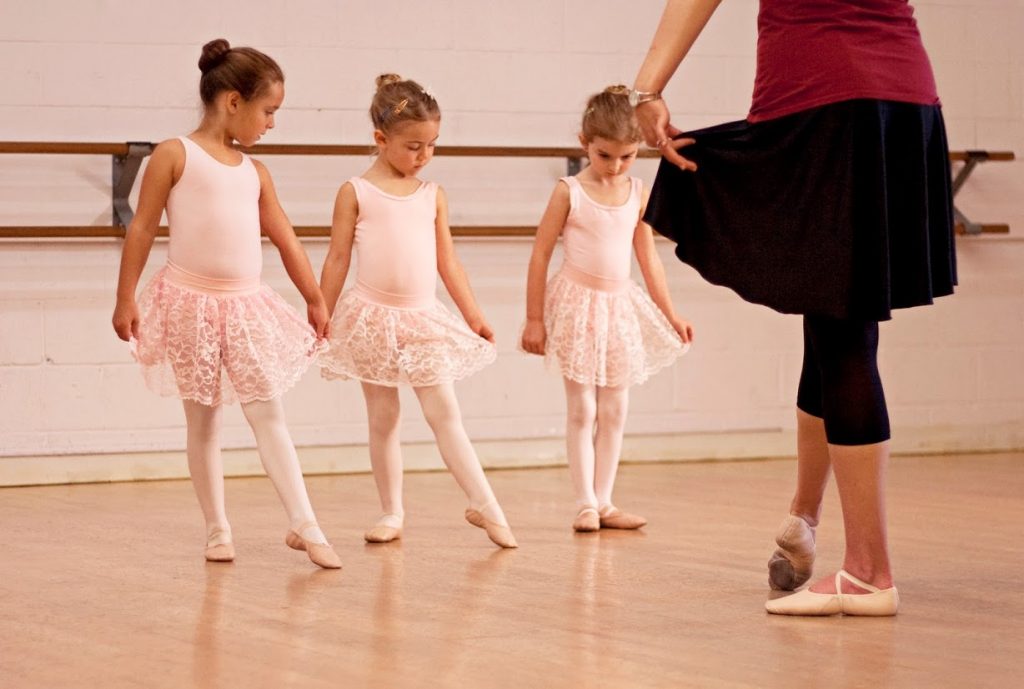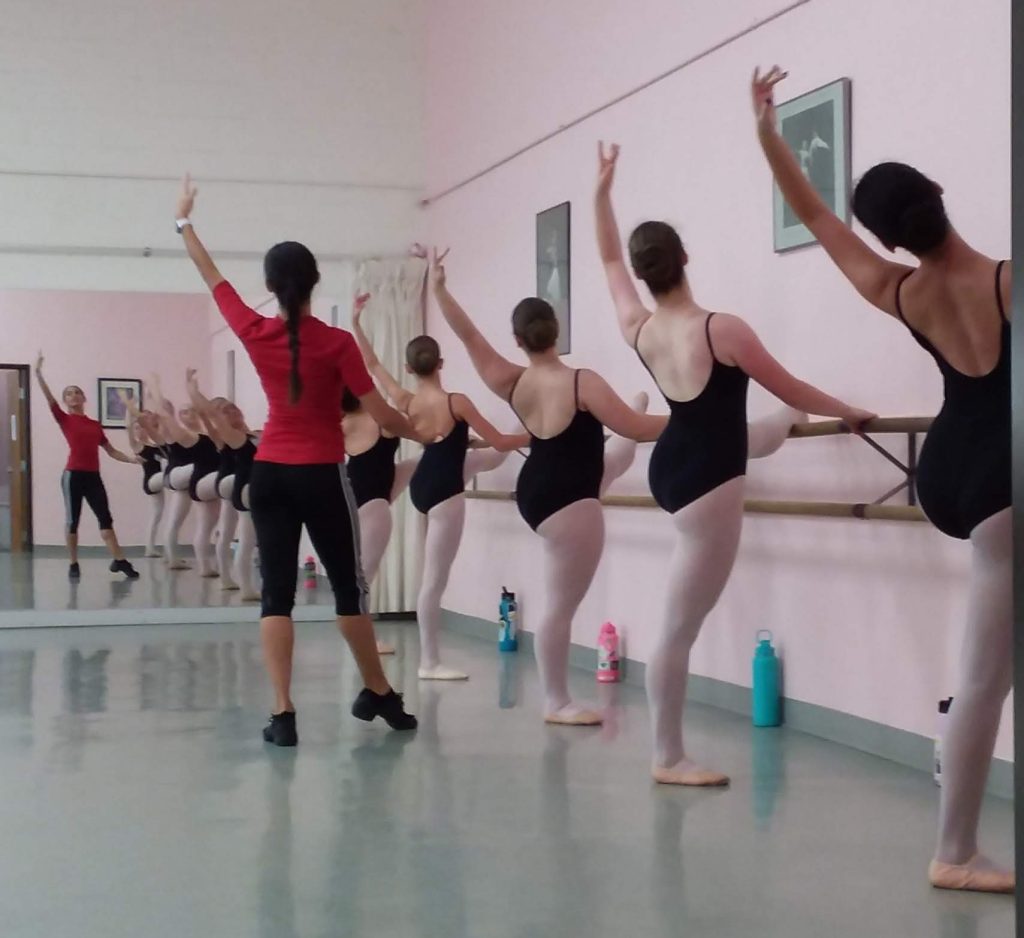
By Judith Burns Published December 18, 2015 on BBC News
Unqualified ballet teachers can cause children “untold physical damage” the Royal Academy of Dance has warned.
“Unqualified teachers lack important training in anatomy and physiology,” said RAD chief executive, Luke Rittner.
Encouraging children too early into moves, like going up “en pointe”, when the whole body is balanced on the toes, can ruin careers, said Mr Rittner.
The RAD added that too many parents put their children in dance classes without checking the teacher’s qualifications.
It’s not just relatively advanced techniques like pointe work that can cause problems, the academy warns – but forcing “turnout”, where dancers splay out their feet and open their hips, can also cause damage.
And “baby ballet”, which children can start before two, must be handled with particular care, Mr Rittner told BBC Radio 4’s Today programme.
Qualifications for teachers of this age group are “perhaps more important than at any other stage, because at that point their bones are completely unformed”.
He added: “They are unset and they are very, very flexible. Huge danger is apparent at that point.”
But according to one RAD accredited dance teacher who asked not to be named, teachers of “baby ballet” currently require “absolutely no qualifications or dance experience”.
The teacher added: “They target little children from as young as 18 months to five or six years.
“I have many young children coming to my school who are three or four years old, who have had baby ballet training from 18 months and simply cannot apply any ballet movement.
“The children cannot stretch or flex their feet or simply skip. These children have bad posture and no technique.”

Gina Raffaini, now 23 and an engineering student, started at a local ballet school at five and began pointe training before she was 10.
By 16 she was in serious pain with “bunions as bad as my grandma’s who was 60”.
She needed an operation, including screws in her feet.
“I would say the early dance training did impact on it,” she told the BBC.
She believes a move in her teens into contemporary and modern dance, avoiding pointe work, “probably saved my feet”.
Pointe work “isn’t for everyone. Dance teachers need to know about the anatomy of dance,” before teaching it, she added.
Kim Frost, a qualified dance teacher in Yorkshire, said she had seen too many children arrive at her school after early ballet training elsewhere “with absolutely no understanding of correct posture, alignment and how to use turnout correctly, many with knee injuries too”.
She added: “I hear terrible stories going into pointe at age eight or nine with no technical understanding or strength to support this.
“I think even if you are a good dancer, this doesn’t make you a good teacher, as quite often the understanding isn’t there on how to break things down and build things up to achieve a rounded dancer.”
Mr. Rittner said the same issues applied to teachers of other styles of dance: “They could be any style – that’s not really the issue, the issue is whether they have training and whether they know what they are doing,” he told Today.
The Academy provides a register of its accredited teachers at www.rad.org.uk/findateacher.